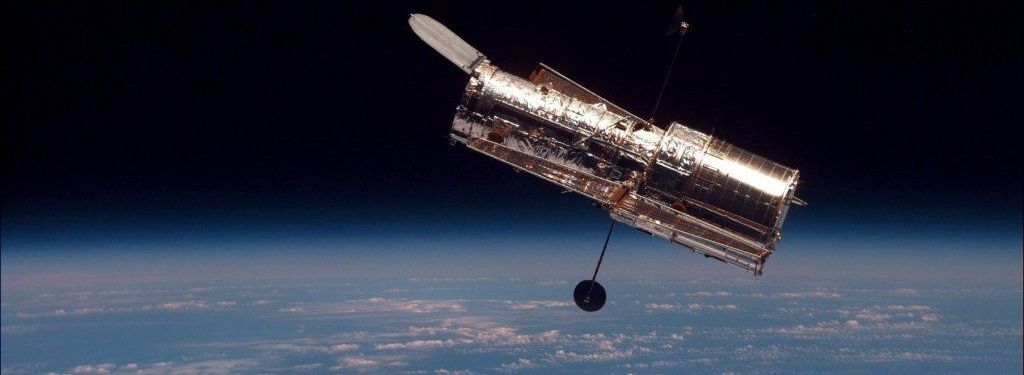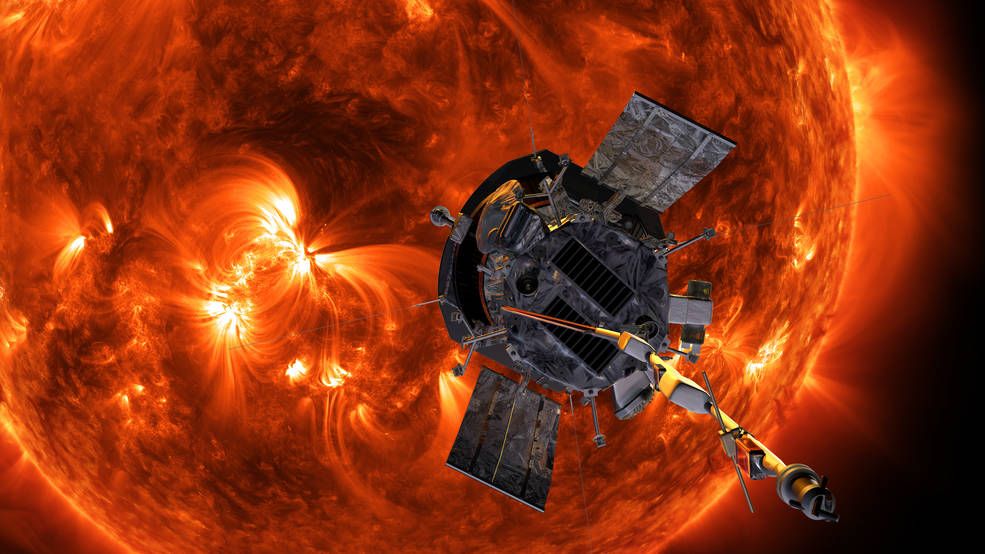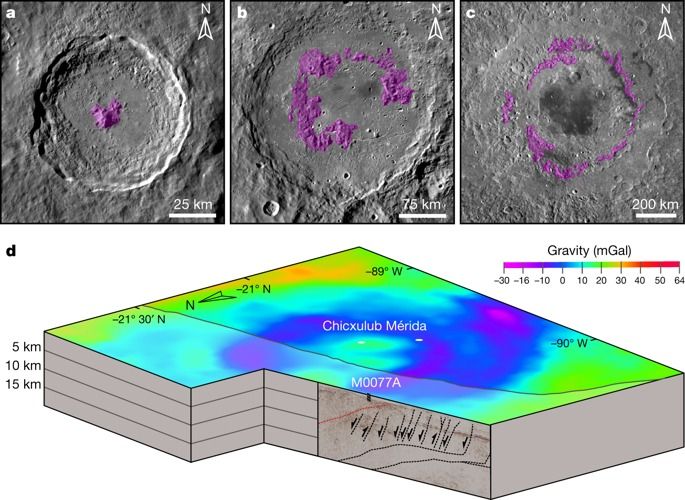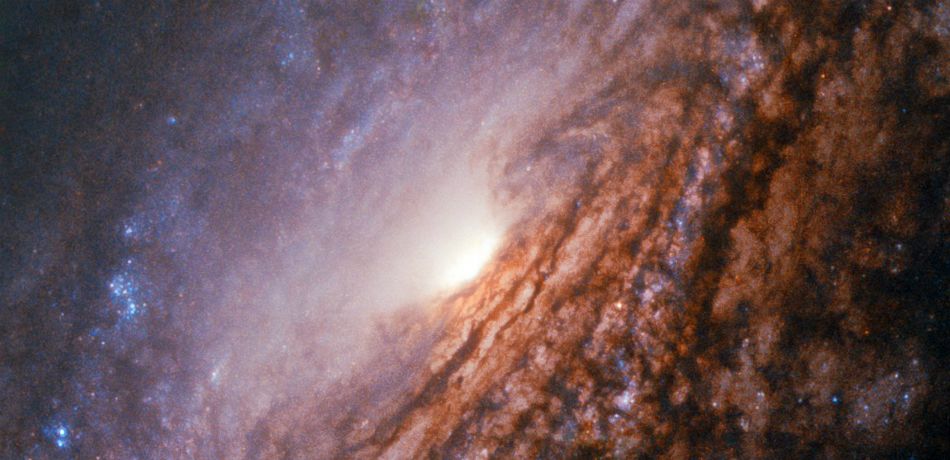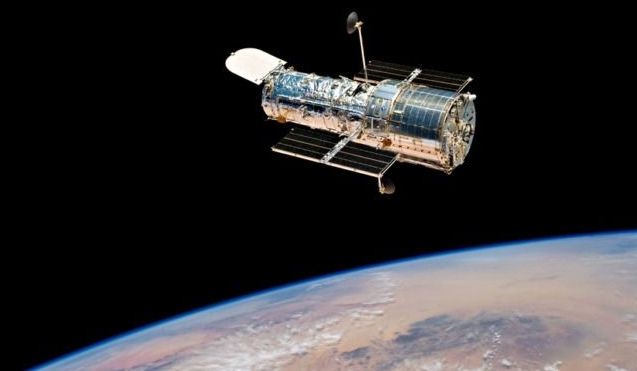After a gyroscope failure put the Hubble Space Telescope out of action on October 5, NASA engineers finally see an end to its troubles. They have its backup gyroscope operating within a normal range and expect science operations to resume imminently.
The space telescope entered a low-power safe mode in early October, suspending science operations while engineers here on Earth diagnosed, then attempted to fix the problem.
At maximum efficiency, Hubble uses three gyroscopes for orienting itself to observe a target in the sky. These gyros measure the speed at which the telescope turns, so that it can be aimed accurately.
